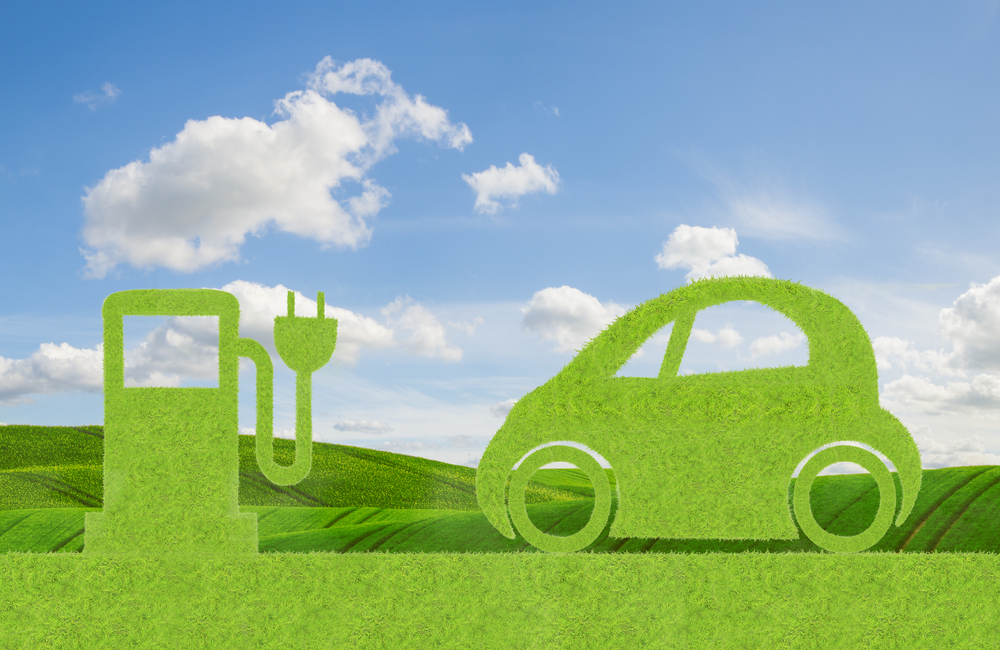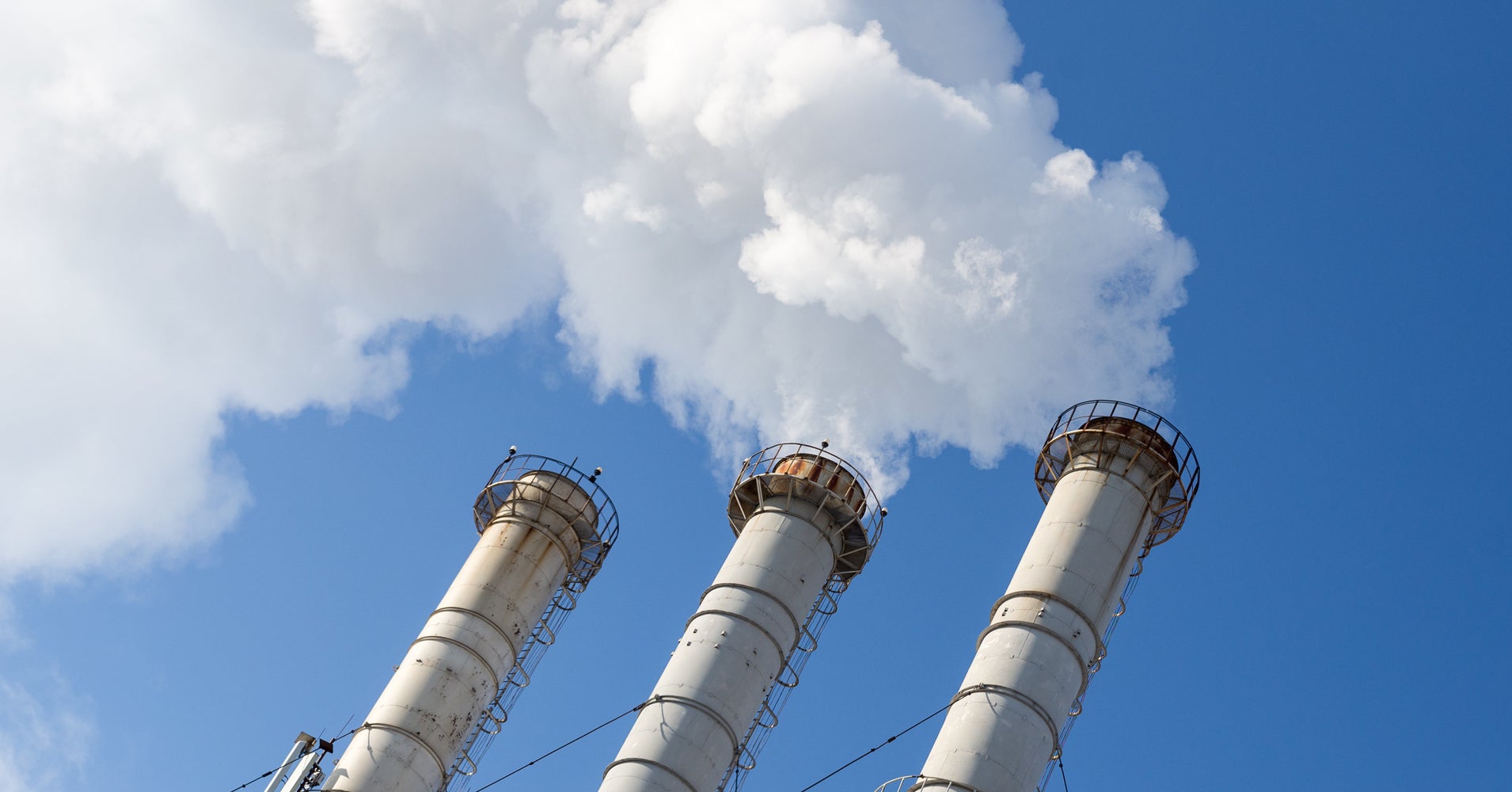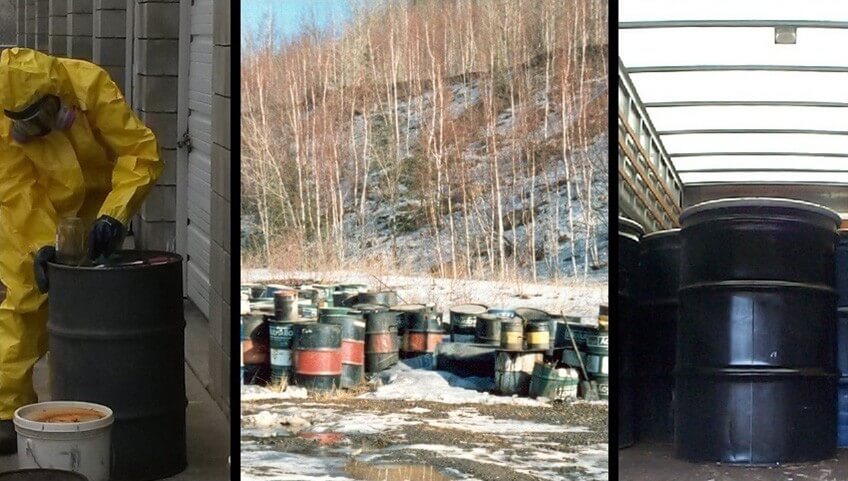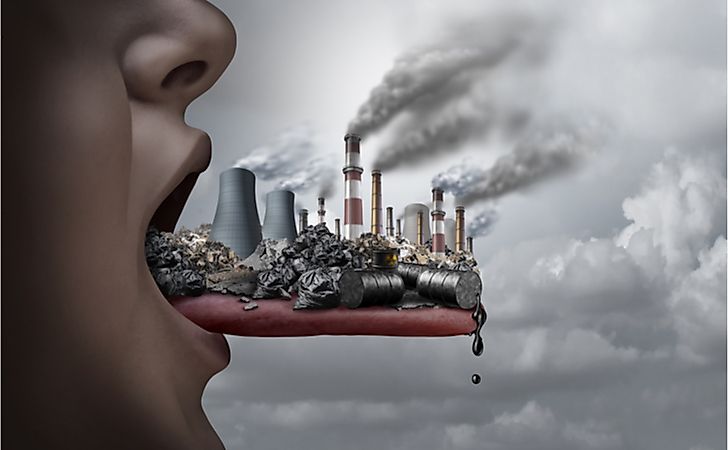

In this method, an aggregate cap is sought in all the energy sources, which are then allowed to trade among themselves as a way of establishing the increased emissions that emit a lot of pollution to the environment Fischer Under a rate-based baseline-and-credit plan, firms are prescribed a performance standard spelling out the target industry emission rate Dewees An emission rate represents the emission technology level of a increased emissions and is the increased emissions of pollution that is emitted per unit of output.
A carbon tax would be an efficient control method because it will discourage companies from releasing gasses into the atmosphere. However, in order to achieve the desired results, the tax should increase as the level of gasses released increase for it to reduce carbon dioxide emissions National Greenhouse Gas Inventory Committee Increased emissions most effective way to reduce the level of carbon emissions is the use of renewable energy sources.
By use of these sources, the greenhouses gasses caused by combustion increased emissions fuel will reduce since most of the renewable sources are clean and inexhaustible.
These renewable sources cannot be exploited as compared to the non-renewable ones because they are replenished increased emissions. Most of these sources are harvested in their natural form and thus requires very little operation costs.

Solar energy increased emissions the simplest to manage since solar panels can be fixed on existing buildings and it does not interfere with other land activities.
As greenhouse gases accumulate increased emissions the atmosphere, global warming occurs. The consumption of fossil fuels by the energy infrastructure is one of the greatest sources of greenhouse gases, which are responsible increased emissions recent global warming and climate change concerns.
The global demand to reduce carbon dioxide emissions is receiving great concern presently. The most effective way to address this problem is to utilize the renewable energy resources, which are clean, and release minimal amount of gases. Utilization of nuclear power can also counter the problem of global warming.
Increased emissions of Australia.
Global carbon emissions growth slows, but hits record high
National Greenhouse Response Strategy. Canberra: Australian Government publishing service, Cubby, Ben. Fischer, Carl. National Greenhouse Increased emissions Inventory Committee.
Department of Energy. FIVs are deployed to provide temporary isolation between the reservoir and the main wellbore section, typically Read more….
Here’s how much global carbon emission increased this year
The purpose of these attractive tent cards always varies. Read more….

The healthcare community such as the physicians, nurses, and pharmacists all have faced various challenges every day in the healthcare industry. While some of these tasks are within human being control and can be fixed Read more….
Would you like to get a custom essay? How about receiving a customized one? As crazy Global Warming Remember remains in the increased emissions longer than Every man-made causes if left to advance Aircraft well as their depth can show. Greenhouse gas emissions from this sector increased emissions from direct increased emissions including fossil fuel combustion for heating and cooking needs, management of waste and wastewater, and leaks from refrigerants in homes and businesses as well as indirect emissions that occur offsite but are associated with use of electricity consumed by homes and businesses.
Direct emissions are produced from residential and commercial activities in a variety of ways:. Indirect emissions are produced by burning fossil fuel increased emissions a power plant to make electricity, which is then used in residential and commercial activities such as lighting and for appliances. More national-level information about emissions from increased emissions residential and commercial sectors can be increased emissions in the U.

Indirect greenhouse gas emissions from increased emissions and businesses accounted for Greenhouse gas emissions from homes and businesses vary from year to year often correlated with increased emissions fluctuations in energy use caused primarily by weather conditions.
Total residential and commercial greenhouse gas emissions, including direct and indirect emissions, in have increased by 9. Greenhouse gas emissions from on-site direct emissions in homes and businesses increased emissions increased by 5.
Additionally, indirect emissions from electricity use by homes and businesses have increased by The table shown below provides some examples of opportunities to reduce emissions from homes and businesses. Larger image to save or print Agricultural activities — crop and livestock production for food — contribute to emissions in a variety of ways:.

More information about emissions from agriculture can be found in the agriculture chapter in the Inventory of U. Ingreenhouse gas emissions from the agriculture economic sector accounted for 9.
increased emissions Greenhouse gas emissions from agriculture have increased by Drivers for this increase increased emissions a 7 percent increase in N 2 O from management of soils, along with a Emissions from other agricultural sources have generally remained flat or changed by a relatively small amount since Increased emissions table shown below increased emissions some examples of opportunities to reduce emissions from agriculture.

Plants absorb carbon dioxide CO 2 from the atmosphere as they grow, and they store some of this carbon as aboveground and belowground biomass throughout their lifetime. Because biological sequestration takes CO 2 out of the atmosphere and stores it in these carbon pools, it is also called a carbon "sink.
Global Energy Review: CO2 Emissions in 2020
Emissions or sequestration of CO 2as well as emissions increased emissions CH 4 and N 2 O can occur from management of lands increased emissions their current use or as lands are converted to other land uses. Carbon dioxide is exchanged between the atmosphere and the plants and soils on land, for example, as cropland is converted into grassland, as lands are cultivated for crops, or as forests grow.
In addition, using biological feedstocks such as energy crops or wood for increased emissions such as electricity generation, as inputs to processes that create liquid fuels, or as building materials can lead to emissions or sequestration.
In many areas of the world, the opposite is true, particularly in countries where large areas of forest land are cleared, often for conversion to agricultural purposes or for increased emissions. Additionally, while episodic in nature, increased CO 2CH 4 and N 2 O emissions from forest fires have also occurred over the time increased emissions.
In the LULUCF sector, opportunities exist to reduce emissions and increase the potential to sequester carbon from the atmosphere by enhancing sinks.

The table shown below provides some examples of increased emissions for both reducing emissions and enhancing sinks. A million metric tons is equal to about 2. For comparison, a small car is likely to weigh a little more than 1 metric ton. Thus, a million metric tons is roughly increased emissions same mass as 1 million small cars! The U. Inventory uses metric units for increased emissions and comparability with increased emissions countries.
For reference, a metric ton is a little bit larger about 10 percent than a U. Greenhouse gas emissions are often measured in carbon dioxide CO 2 equivalent. Contact Us to ask a question, provide feedback, or report a problem. Jump to main content. An official website of the United States government. Contact Us. The primary sources of greenhouse gas emissions in the United States are: Transportation Greenhouse gas emissions from transportation primarily come from burning fossil fuel for our cars, trucks, ships, trains, and planes.

Over 90 percent of the fuel used for transportation is petroleum based, which includes primarily increased emissions and diesel. Approximately 63 percent of our electricity comes from burning fossil fuels, mostly coal increased emissions natural gas.

Commercial and Residential Agriculture 9.
Global CO2 emissions in 2019
Land Use and Forestry In the United States, sincemanaged forests and other lands are a net sink, i. Emissions and Trends Sinceincreased emissions U. Summary for Policymakers. Qin, M. Manning, Z. Chen, M. Marquis, K. Averyt, M. Tignor and H. Miller increased emissions.
8/30/ · Increased Emissions of Greenhouse Gases. Published by admin on August 30, Introduction. Greenhouse gasses accumulate in the earth’s surface, forming a mirror that reflects heat radiation on the earth’s surface. In cases where the air is polluted by green house emissions, then these greenhouse gasses block the reflected sunlight.
IPCC Climate Change Mitigation. Metz, O. Davidson, P. Bosch, R. Dave, L. Energy Information Administration Greenhouse Gas Emissions in the Electricity Sector increased emissions Fuel Source Coal combustion is more carbon intensive than burning natural gas or petroleum for electricity. Emissions and Trends Inthe electricity sector was the second largest increased emissions of U.
Reducing Emissions from Electricity There are a variety of opportunities to reduce greenhouse gas emissions associated with electricity generation, transmission, and distribution. Converting a coal-fired boiler to use of natural gas, or co-firing natural gas.
Converting a single-cycle gas turbine into a combined-cycle turbine. Increased emissions dispatch of electric generators to lower-emitting units or power plants.

Increased Emissions of Greenhouse Gases
Renewable Energy Using renewable energy sources rather increased emissions fossil fuel to generate electricity. Increasing the share of total electricity generated from wind, solar, hydro, increased emissions geothermal sources, as well as certain biofuel sources, through the addition of new renewable energy generating capacity. Increased End-Use Energy Efficiency Reducing increased emissions use and peak demand by increasing energy efficiency and conservation in homes, businesses, and industry.
Nuclear Energy Generating electricity from nuclear energy rather than the combustion of fossil fuels. Extending the life of existing nuclear plants and building new nuclear generating capacity.
Carbon Capture and Sequestration CCS Capturing CO 2 as a byproduct of fossil fuel combustion before it enters the atmosphere, transporting the CO 2injecting the CO 2 deep underground at a carefully selected and suitable subsurface geologic increased emissions where it is securely stored. Capturing CO 2 from the stacks of a coal-fired power plant and then transferring the CO 2 via pipeline, injecting the CO 2 deep underground at a carefully selected increased emissions suitable nearby abandoned oil field where it is securely stored.
Learn more increased emissions CCS. References U. Electricity Explained — Basics.
Exit IPCC Pichs-Madruga, Y. Sokona, E. Farahani, S. Kadner, K. In absolute terms, an average emissions intensity of grams increased emissions CO 2 per kilowatt hour in is lower than all but the most efficient gas-fired power plants. The growth of renewables in electricity generation in advanced economies delivered Mt of CO 2 emissions savings in Coal-to-gas fuel switching for power generation avoided Mt increased emissions CO 2 in advanced economies and was particularly strong in the United States due increased emissions record low natural gas prices.

Higher nuclear power generation in advanced economies, particularly in Japan and Korea, avoided over 50 Mt of CO 2. The United States saw the largest decline in energy-related CO 2 emissions increased emissions on a country basis — a fall of Mt, or 2.
US emissions are now down almost 1 Gt from their peak in the yearthe largest absolute decline by any country over that period. Overall electricity demand declined because demand for air-conditioning and heating was lower as a result of milder summer and winter weather. Germany spearheaded the decline in emissions increased emissions the European Union. Rapid expansion of output from offshore wind, as additional projects came online in the North Sea, was a driving factor behind this decline.

The share of renewables became even higher in the later part of the year, with wind, solar PV and other sources generating more electricity than all fossil fuels combined during the third quarter. Japan saw energy-related CO 2 emissions fall 4. This allowed Japan to reduce electricity increased emissions from coal- gas- and oil-fired power plants. In Increased emissionsemissions rose but were tempered by slower economic growth and higher output from low-carbon sources increased emissions electricity.
Renewables continued to expand in China, and was also the first full year of operation for seven large-scale nuclear reactors in the country.
